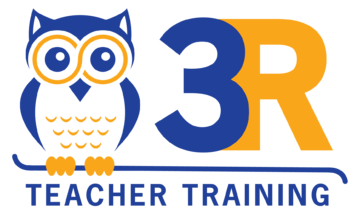Math education is a constantly evolving field. As educators, we're always on the lookout for the best ways to engage our students and impart genuine understanding. A growing number of U.S. schools are finding success with Singapore Math. Why? Let's dive in!
The “Singapore Math” method, originally designed for students in Singapore, has garnered worldwide acclaim for its effectiveness. The current state of math education in the U.S. is varied. While we have many success stories, we also face challenges. Many of our schools have relied on rote learning, focusing on memorization rather than understanding. I remember teaching fractions in my early days, over 2 decades ago!) using the traditional method, and many students would ask, “But why?” It was clear that while they could compute, the conceptual understanding was missing.
At its core, the method used in Singapore revolves around 3 significant aspects. The Concrete-Pictorial-Abstract (CPA) Approach begins with hands-on activities to visual representation and finally abstract equations. The CPA approach promotes a deeper grasp. Students have exclaimed, “Oh, now I get it!” when we use manipulatives to teach challenging concepts. There’s a focus on depth, not breadth. Rather than rushing through topics, it emphasizes mastering one before moving to the next.
Bar Modeling, is another crucial aspect in Singapore Math, an innovative way to represent word problems visually. It encourages higher-order thinking with word problems that require creative problem-solving, so students become adept thinkers, not just doers.
And finally, a deep emphasis on number sense ensures students understand the ‘why' behind math.
Numbers don't lie! Schools incorporating Singapore Math have seen improvements in their students' performance. Singapore consistently ranks among the top in PISA and TIMSS scores on the global stage. One school I consulted for in Ohio saw a 20% improvement in state math scores within two years of adopting Singapore Math. Teachers also reported higher engagement levels and enthusiasm among students.
So you might be saying now, “What’s the downside of Singapore’s method of teaching mathematics?” We all know transitioning to a new methodology isn't without challenges. The most common one I've seen is the need for professional development for teachers. Schools need to invest in training sessions and workshops. Also, I often advise schools to engage parents. They can better support their children at home when they understand the approach. In the beginning, you will hear from parents, “I didn’t learn math this way and I’m just fine!” If this is what you are hearing then you know your district needs to support parents in understanding this methodology.
If you're considering Singapore Math for your school, start with an assessment of current teaching methods. Look for professional development opportunities, align your curriculum, and consistently evaluate progress. To learn more about professional development for teachers, administrators, and workshops for parents, please contact 3RteacherTraining.com.

